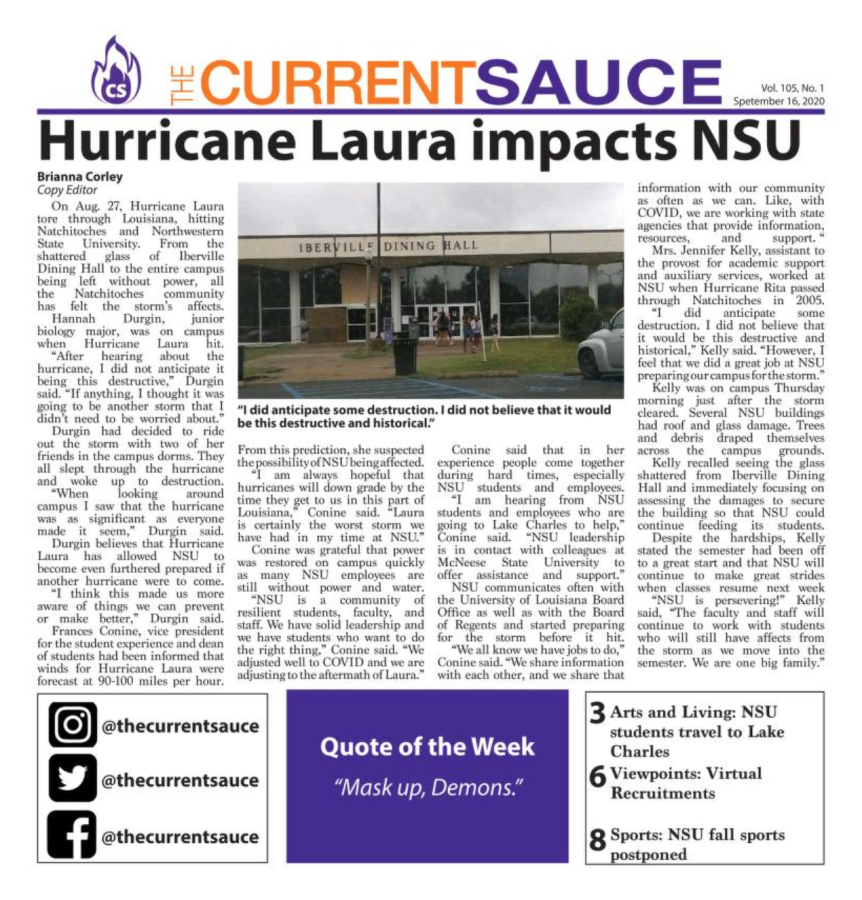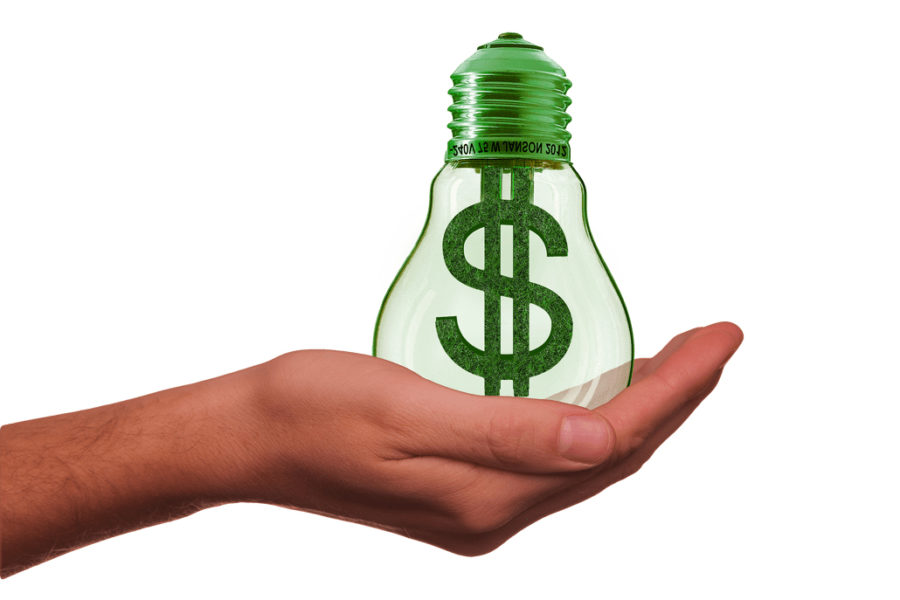One of the biggest debates in our current society is what to do about our resources and the impact they have on the environment.
“Today, it’s hard to imagine the western standard of living without fossil fuels and nuclear energy,” Dr. Debra Rodrigues, associate professor at the University of Houston said in an opinion piece for Forbes. “These old-school sources of energy each have their pros and cons, but I think the transformation to renewables will come more quickly than many people think.”
The first type of energy sources are non-renewable resources, such as crude oil, natural gas and coal. These resources are found in the Earth and formed from remains of plants and animals from millions of years ago, making them hard to replenish in a short time period.
On the other side, there are renewable resources such as wind, water and solar power.
Non-renewable types of energy make up a large part of the United States’ energy production, with uses ranging from gasoline for cars and diesel fuel for jet engines and power plants.
Some arguments in favor of non-renewable resources include how much we currently rely on it, the supposed cost of implementing technology for harvesting renewable power, and the fact that the U.S. Energy Information Administration says there is no current danger of using up all of the resources.
“The global supply of crude oil, other liquid hydrocarbons, and biofuels is expected to be adequate to meet the world’s demand for liquid fuels through 2050,” the administration says on their Frequently Asked Questions website page.
However, there are also arguments in favor of renewable resources. Using solar, wind and water power is one of the biggest steps the country can take to reduce greenhouse gas emissions and help protect the environment. There’s also the future problem of running out of non-renewable resources.
By putting wind farms in more windy states, solar panels in the desert and other areas of the country with more sunny weather, and hydroelectric dams in large bodies of water, the country can produce energy in a cleaner and more effective manner.
Of course, some argue against this form of energy. There are questions on how much the technology costs and how it would work in areas with unfavorable weather conditions, such as cloudy or not very windy days.
There are positives and negatives to both, but there is a very real outcome of overusing resources and environmental impacts that should at least allow for the consideration of implementing more forms of renewable energy.


























